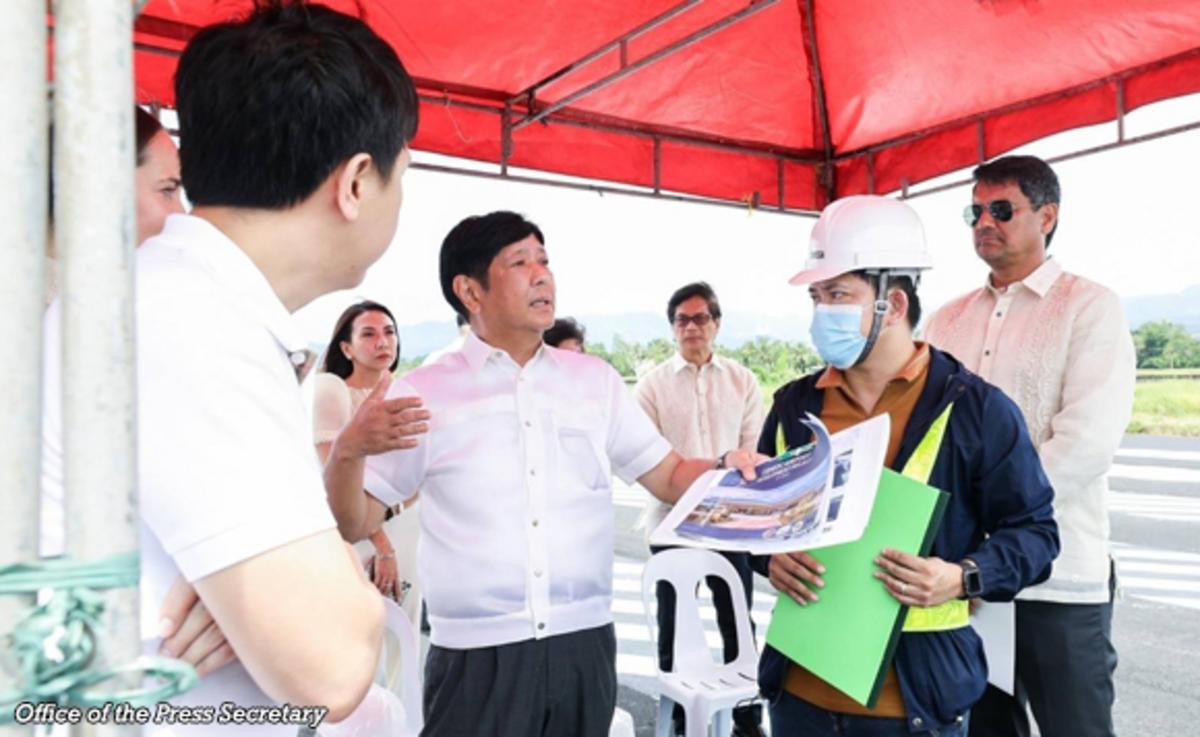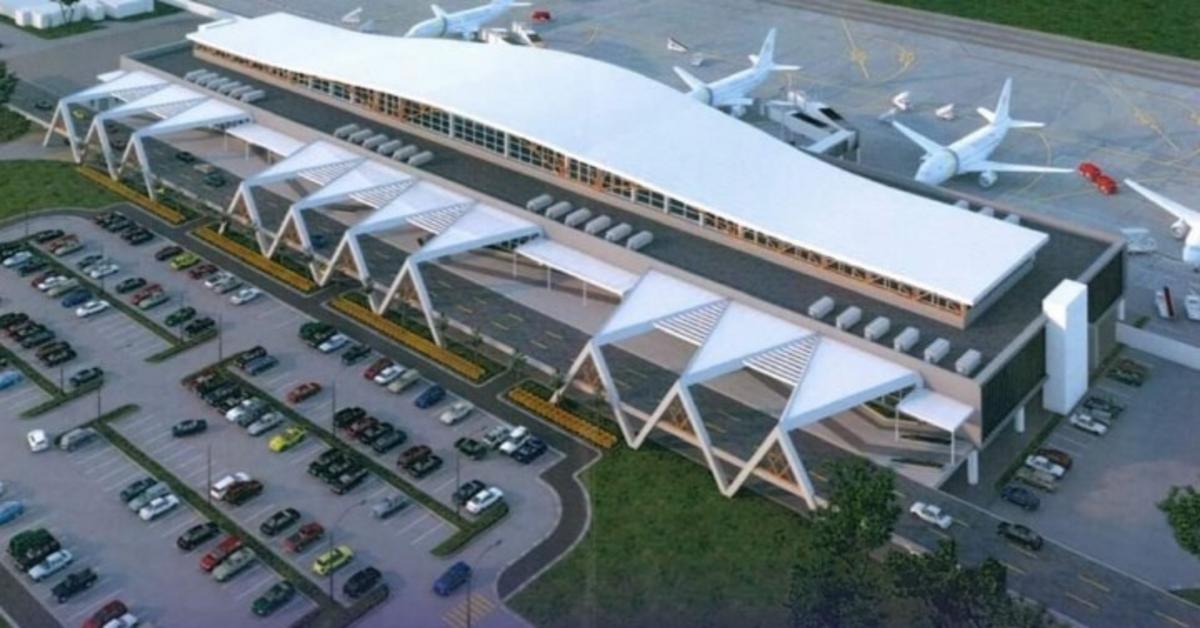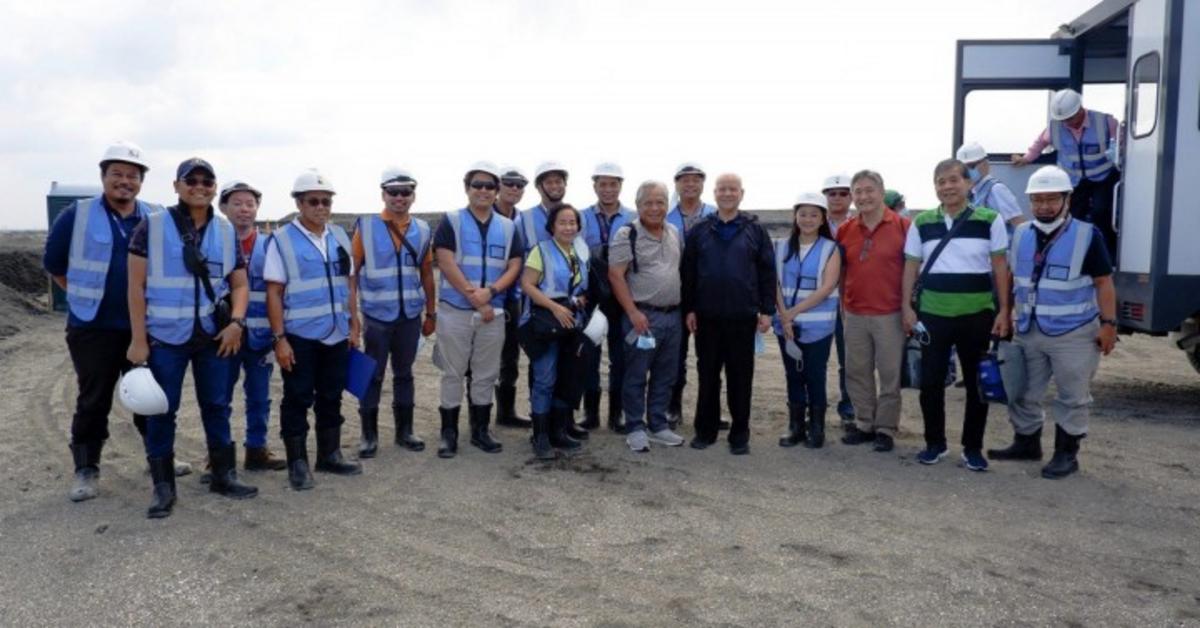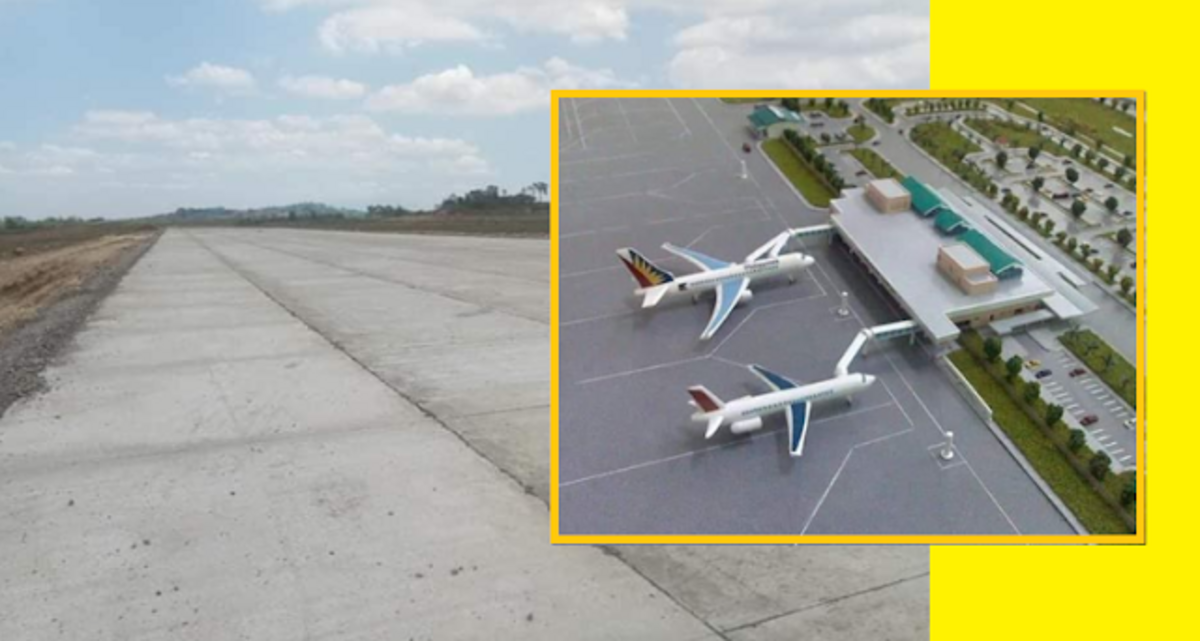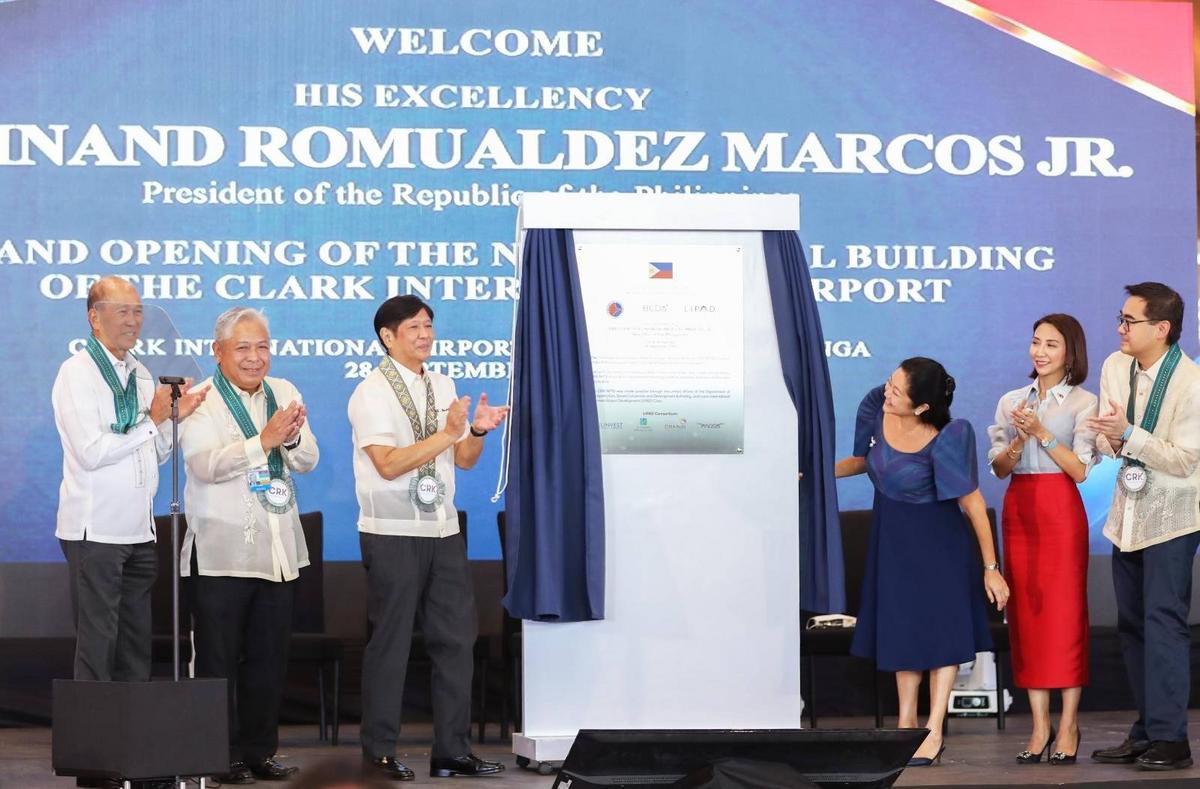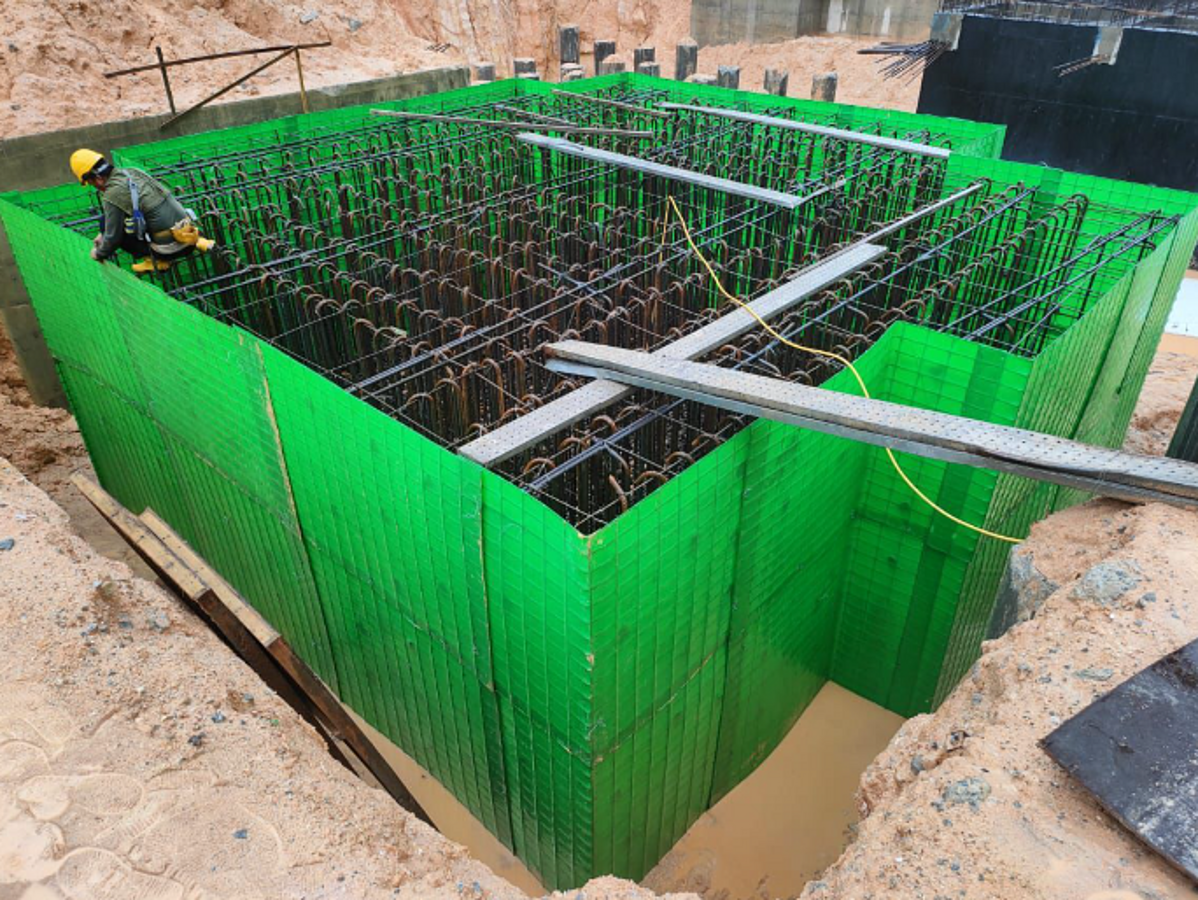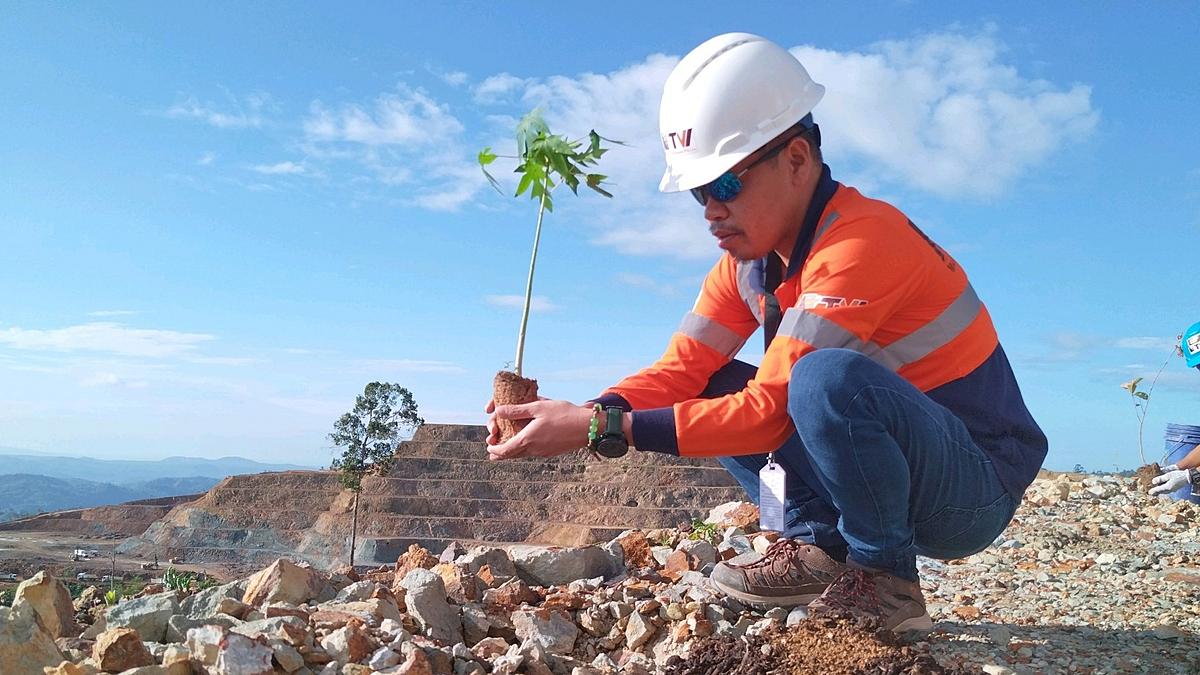President Ferdinand R. Marcos inspects the rehabilitated Ormoc Airport after gracing the city’s 75th Charter Day anniversary in Leyte on Thursday (Oct. 20, 2022). Marcos expressed optimism that the development of the airport will bring more progress not only to the city but also the Eastern Visayas. (Photo from the Office of the President's official Facebook page)
President Ferdinand R. Marcos on Thursday expressed optimism that the development of Ormoc Airport will bring more progress not only to the city but also to the Eastern Visayas region.
This, after Marcos inspected the rehabilitated Ormoc Airport after gracing the city's 75th Charter Day anniversary celebration held at the Ormoc City Superdome in Leyte.
"President Ferdinand R. Marcos on Thursday said opening the Ormoc Airport to commercial flights will usher in more development in the city and the Eastern Visayas region," Malacañang said in a press release.
In September, Leyte 4th District Rep. Richard Gomez asked the Department of Transportation to help Ormoc City encourage airline companies to serve the Manila-Ormoc route.
The total area of the airport’s passenger terminal building has been expanded from 150 to 1,350 square meters.
The airport’s 2,042m x 36m runway underwent developments from 2018 to 2020 such as asphalt overlay and strip grade correction project and runway widening.
Developments included the renovation of the passenger terminal building destroyed by Super Typhoon Yolanda in 2013, as well as the construction of the Civil Aviation Authority of the Philippines administration building.
The Ormoc Airport is currently being upgraded with the construction of the landing area and taxiway, and the expansion of its Apron.
The PHP329-million project is expected to be completed in March 2023.
Once completed, Ormoc airport will be able to accept bigger commercial aircraft.
"The rehabilitation and renovation of Ormoc Airport and other airports in the country, under the supervision of the Department of Transportation - Philippines and Department of Tourism - Philippines, is part of the administration's program to strengthen the Philippine tourism sector," the Office of the President said in a separate Facebook post.
Article courtesy of the Philippine News Agency

